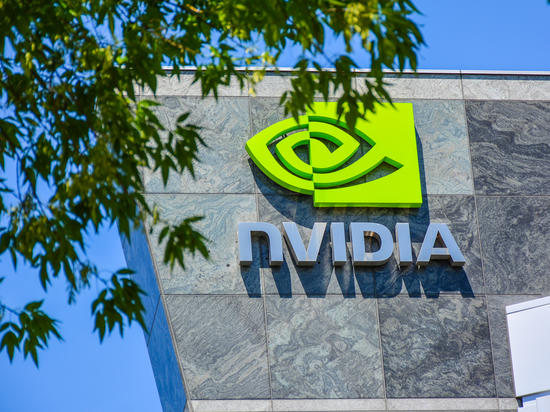
PhillipCapital rated Nvidia Corporation (NVDA, Financials) to “Accumulate” from “Buy” because of recent price swings as their Blackwell processors prepare for production.
PhillipCapital upped its target price for Nvidia to $160 from $155, notwithstanding the downgrade; the stock is trading for $141.92 on last look.
Hyperscalers are upgrading their AI cloud capabilities to capture cloud service opportunities from Gen AI startups, said PhillipCapital analyst Yik Ban Chong. H200 Hopper sales increased to ‘double-digit billions,’ the fastest product ramp in the company’s history, NVDA guided that its demand will continue at least until 2H26.
Blackwell just started production in 4Q25, and NVDA expects its revenue to exceed their previous estimate of ‘several billion dollars,’ Chong added. NVDA stated earlier that it expects supply-demand equilibrium to be reached in FY26e.
Following the delivery of Blackwell goods, PhillipCapital expects Nvidia’s earnings after tax and minority interest growth to slow down beyond mid-fiscal 2026. Nevertheless, the company argues that Nvidia is the top participant in the AI GPU market as the Blackwell processor offers 2.2 times Hopper’s capabilities.
PhillipCapital also pointed out how trade concerns between the US and China can affect Nvidia’s value. The escalation of the US-China trade war starting from July 2018 caused NVDA’s stock price to fall more than 50% from its peak in October 2018, Chong said. If similar tariff policies were to be imposed again, there may be a material impact on NVDA’s share price.
China represented for 24% of Nvidia’s sales in fiscal year 2019, compared to about 13% presently. Chong pointed out that the company’s 2018 share declinefrom a high of $7.03 to a low of $3.24occurred under different market circumstances than currently.
With offices in Singapore, PhillipCapital assesses equities using a total return-based approach. While “buy” is designated for those likely to provide returns surpassing 20%, the “accumulate” grade relates to companies with forecast total returns of 5% to 20%.
This article first appeared on GuruFocus.








